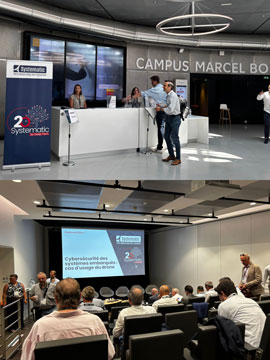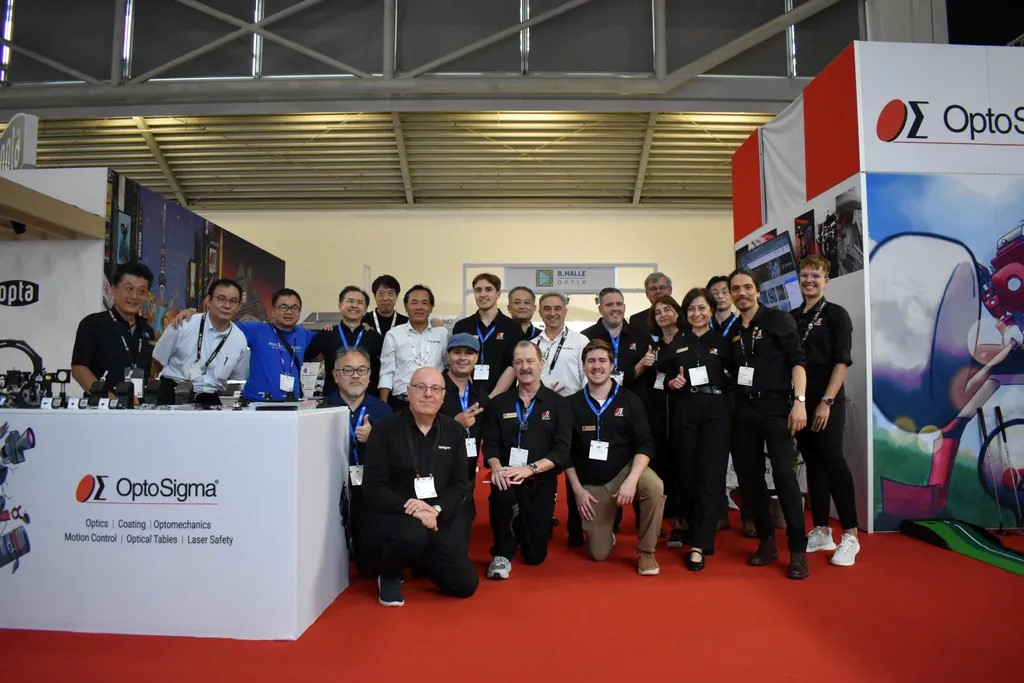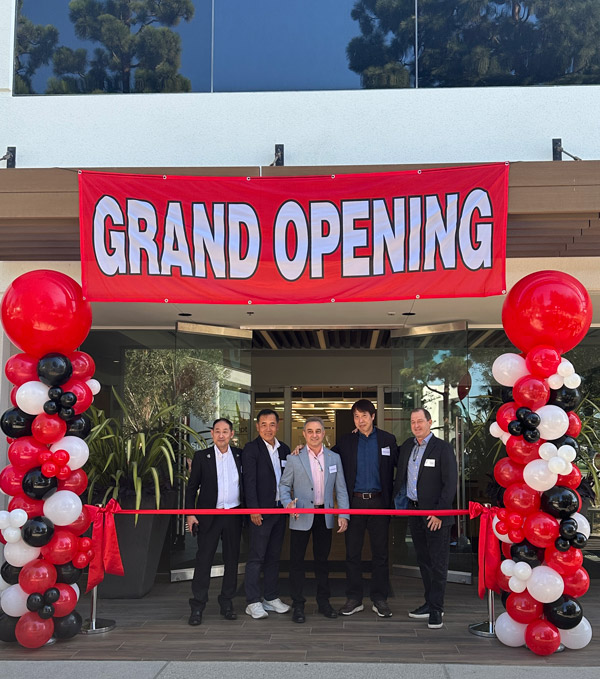What Is A Motorized Stage? The Basics Of Motorized Stages
Motorized translation stages aid in motion along a guide mechanism. They allow for consistent, repeatable, and reliable movement and positioning in a system. Through different guidance mechanisms and motor types, motorized stages are capable of precise and accurate motions suited to a wide variety of applications, from industrial settings to research and laboratory work.
What are Motorized Stages?
Translation stages provide motion in one or more dimensions, either horizontally, along the x or y axis, vertically along the z axis or angularly about the x, y, or z axes. In manual translation stages, this motion is provided by the user, but with motorized translation stages, this motion is powered externally.
The Motion Parameters of Motorized Translation stages:
Position Accuracy
In motorized translation stages, the position accuracy refers to the difference between the target position and the actual position it ends in. In multidirectional stages, the concept is the same, but takes into account the different directions of motion.
Repeatability
Repeatability can also be considered the precision of the motorized translation stage. Unlike accuracy, which is determined by how far away the actual position is from the target position, repeatability is how close the actual position will be from one test to another, regardless of how far away this is from the target position.
Resolution
For a motorized translation stage, the resolution is the minimum increment that the stage can theoretically move, as determined solely by the encoder. This is different from the minimum incremental motion, which is the minimum distance the stage is realistically capable of moving.
Minimal Incremental Motion (MIM)
Minimal incremental motion is the smallest motion the translation stage is capable of moving. This parameter is dependent on the complete motion system, including the encoder, the type of motor, and how much friction affects the stage.
Drift
Drift is slow but continuous movement over time and can be caused by the motor due to temperature fluctuations or the lubrication used in production.
Position Stability
Position stability refers to the capability of a stage to remain in a single location within some interval of time. This is impacted by the drift, as well as vibration.
Stiffness
Stiffness describes how much the stage moves under the force of a load, resulting in tilting. This is especially important if the stage is carrying equipment whose center of gravity is not aligned with the center of the stage.
What are the Differences Between Manual Translation Stages and Motorized Stages?
Manual translation stages are positioned by the user, and can be aided by a micrometer, an threaded actuator, locking mechanism, etc. Motorized translation stages, on the other hand, are positioned using an electronic controller, decreasing the amount of human error in the system. Motorized translation stages also move more predictably than a human could move a manual translation stage.
Types of Motorized Translation Stage Bearing Guides:
Each guide mechanism option for translation stages has their own sets of advantages and disadvantages. This section assumes horizontal motion in the x or y axis, with vertical motion on the z axis covered in its own section due to its unique challenges. Motion in multiple directions can either be achieved by a specialized stage, or multiple stages stacked on top of each other.
Extended Contact Ball Bearings
Ball bearings are used as the interfacing element between the rail and the stage platform, resulting in a low friction design that allows for improved minimal incremental motion (MIM), as well as an increase in accuracy compared to designs such as the dovetail bearing way. Specifically, the extended contact ball bearing design allows for distributed contact between the ball and the guide rail, reducing the chances of slippage during motion and increasing load capacity.
Cross Roller Bearings
Cross roller bearings, like ball bearings, allow for a rolling motion between the stage and the rail for reduced friction. However, these bearings are cylindrical rather than spherical, and alternate 90o every other bearing, to allow for a tighter fit. Additionally, one of these bearings has small protrusions that interlock with grooves in the rail, preventing the slipping seen in spherical ball bearings. Due to its high accuracy from low friction, and complicated assembly, this is the most expensive option.
Dovetail
The dovetail design utilizes angled slopes on either side of the stage that slide against the rail, which is angled to match the stage. Due to its simplicity, this solution is the most cost-effective, but also results in the highest friction, and the least accuracy. They are used less frequently in the design of motorized stages.
Motorized Translation Stage Actuation:
Stepper Motor
Stepper motors take advantage of magnetic poles to turn a gear, attracting and repelling the gear to rotate it in steps. The number of phases essentially describes how much of a turn the gear rotates per step. In a 2-phase stepper motor, each step is 1.8o, while a 5-phase stepper motor turns 0.72o per step. The 5-phase stepper motors allow for greater resolution and torque than the 2-phase option, in addition to less vibration and noise.
Piezo-based Actuators
The piezo mechanism is a crystal, which proportionally changes its static dimension when an external electric field is applied to it. Piezo actuators configure stacked crystals to extend their range. Piezo stages are unique in that they provide the powered motion at much smaller MIMs than other types of stages, as well as higher accuracy and reduced vibration. These translation stages work best in applications with short range but high resolution. Alignment of fiber optics is a common use of piezo stages.
Common Motorized Translation Stage Applications:
Motorized translation stages have a wide variety of applications due to their precision and accuracy, including camera module alignment, laser alignment, general optical alignment (such as precise movement of apertures), microscopy, automation, as well as device assembly and inspection (including for semiconductors and wafers), robotics, 3D printing, and materials/sample movement.
How to Choose the Right Motorized Translation stage
Motorized translation stages are a great tool for many different applications in a variety of settings, but not every stage fits every application. For example, while Piezomotors are designed and known for their ability to handle the smallest of movements, their range tends to be limited. To find the best motorized translation stage for your application, consult our selection guide to compare the capabilities of each option.










Comments